Our 2011 Eastern Europe Tour
Part 2 - Page 5
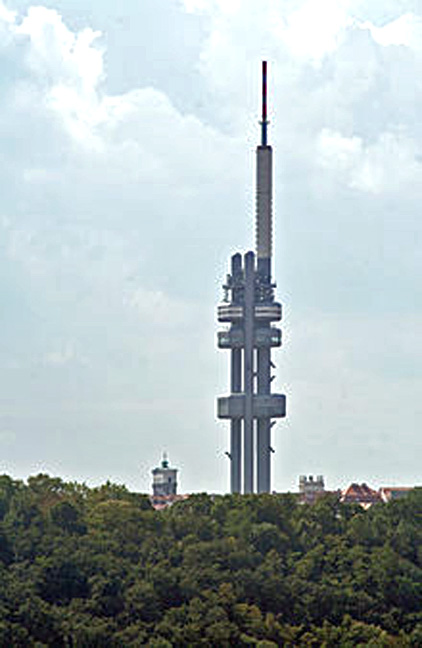
The Žižkov Television Tower is a uniquely-designed tower built in Prague between 1985 and 1992 (during Breshnev' regime). It stands high above the city's traditional skyline from its position on top of a hill in the district of Žižkov, from which it takes its name. The tower is an example of High-tech architecture. The people of Prague refer to this tower as "Breshnev's Finger". The tower was errected by the communists on a Jewish graveyard. I think the old communists could have used some sensitivity training.
When Prague was a European City of Culture in 2000, the young Czech sculptor David Cerny put up around a dozen statues of huge black babies on the tower. They added an amusing note to a rather sterile structure.
Josefov is a town quarter in Prague, formerly the Jewish ghetto of the town. It is completely surrounded by Old Town. The quarter is often represented by the flag of Prague's Jewish community, a yellow Star of David on a red field. Not much left but a narrow street and an old Synagogue.
This is the "Old Town" square. It's a huge plaza surrounded by beautiful buildings, mostly housing restaurants and shops. Note the old looking church behind the new looking buildings. Actually, the buildings in front date back to the late 12th century were there first and the church in back (Our Lady Before Tyn) was founded in 14th Century. That's Mike, Lucille and Mary Ann looking at a map.
Every hour on the hour a bugler plays a tune from the top of the "Clock Tower". I went up with Heidi to check it out. He's dressed like a Medieval rooster.
This is Heidi, hanging on at the top of the tower. The lower picture shows the crowd waiting for the next hourly bugle show.
After spending the day walking the streets of Prague, we got back to the hotel, cleaned up, and headed to the Sychrov Castle on the bus. During the years between 1690–93, a small baroque castle was constructed here. In 1820 the castle was bought by the family of Rohan, French aristocrats. The long ownership by the Rohans proved to be the most important in the castle's history. In 1945 the castle was nationalised. Since the beginning of the 1990s, an extensive reconstruction and restoration of the castle exteriors, interiors, and the park have been under way, the object of which is to make Sychrov look as close to its original form at the time of its biggest boomduring the second half of the 19th century.
In 1820 the 125-year era of the Rohans at Sychrov began, as well as the period of the castle´s greatest fame. The Rohan family originated in Brittany, where the oldest records relating to them can be traced back to as early as the year 951. Over the centuries their position strengthened until they ranked among the ten most influential aristocratic families in France, and as direct cousins of French kings also acquired the title of "Princes of Royal Blood". The family included several lines whose members held significant offices – military, political or clerical. After the French Revolution they left France and settled into the Austrian Monarchy. Contrary to other aristocratic escapees who were returning to France (during the reign of Napoleon I and mainly in the period of reaction – i.e. under Louis XVII and Charles X), the Rohans stayed in Sychrov, in spite of being later invited to return to France.
Here are some of the rooms we toured in the Castle: The Chapel (where we heard an organ recital),a hallway filled with antlers, a bedroom, and a study. There were many more rooms, but you get the idea.
This is the Orangery. It now functions as a dining room. We had a delightful dinner there. Believe it or not, we had lasagna and a salad. Who'da thunk it?
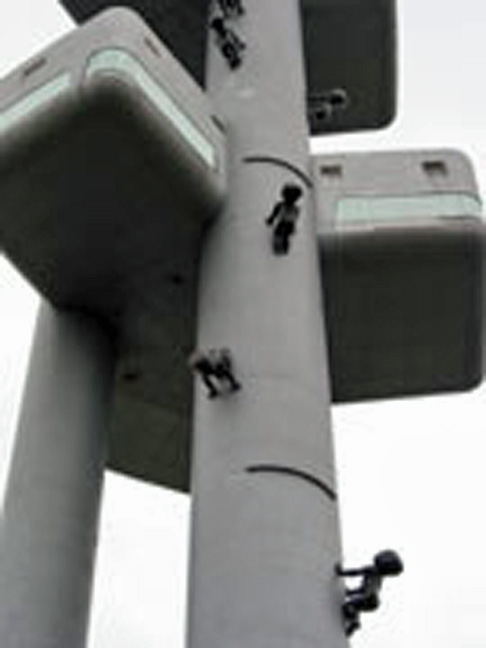
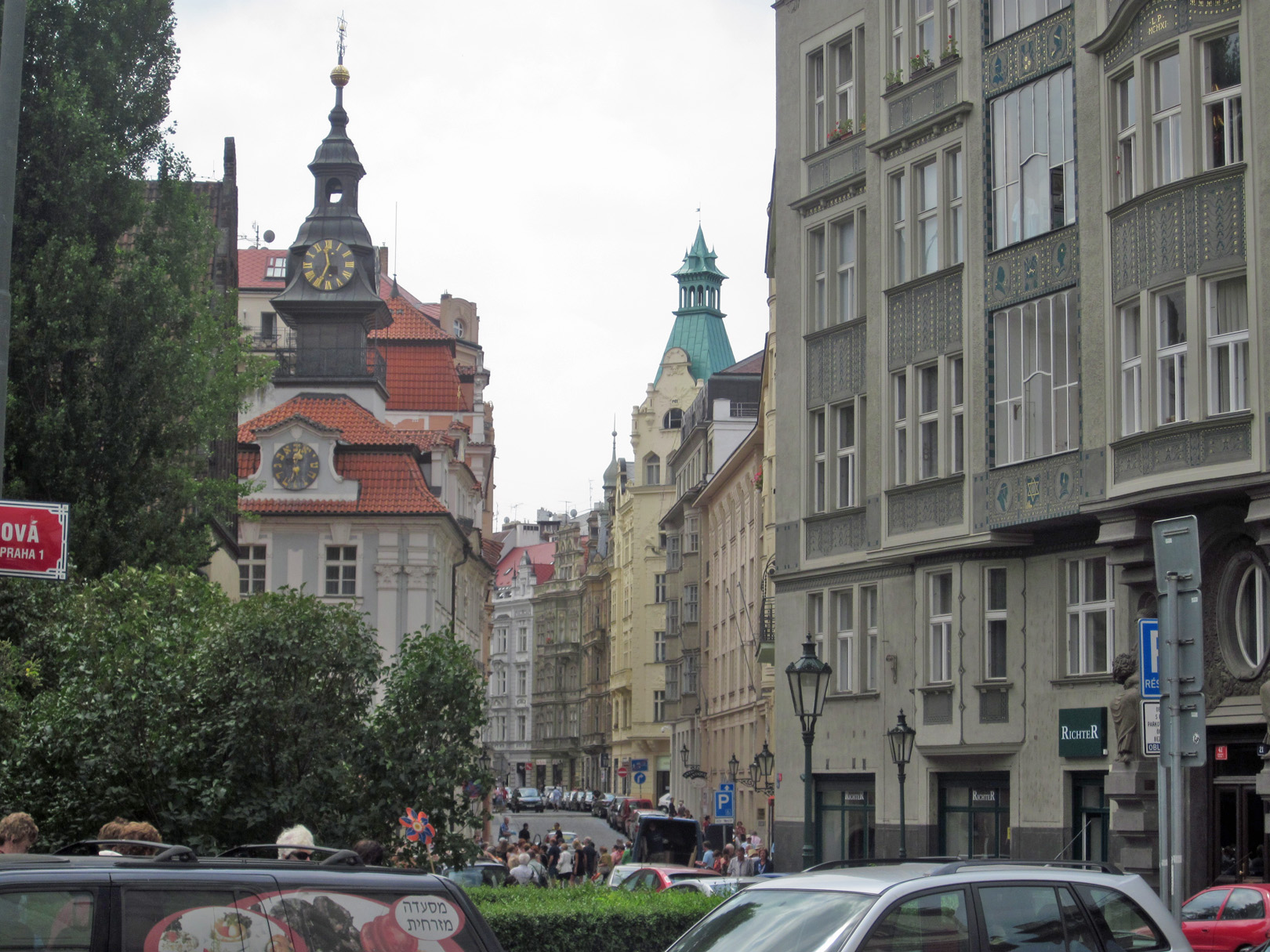
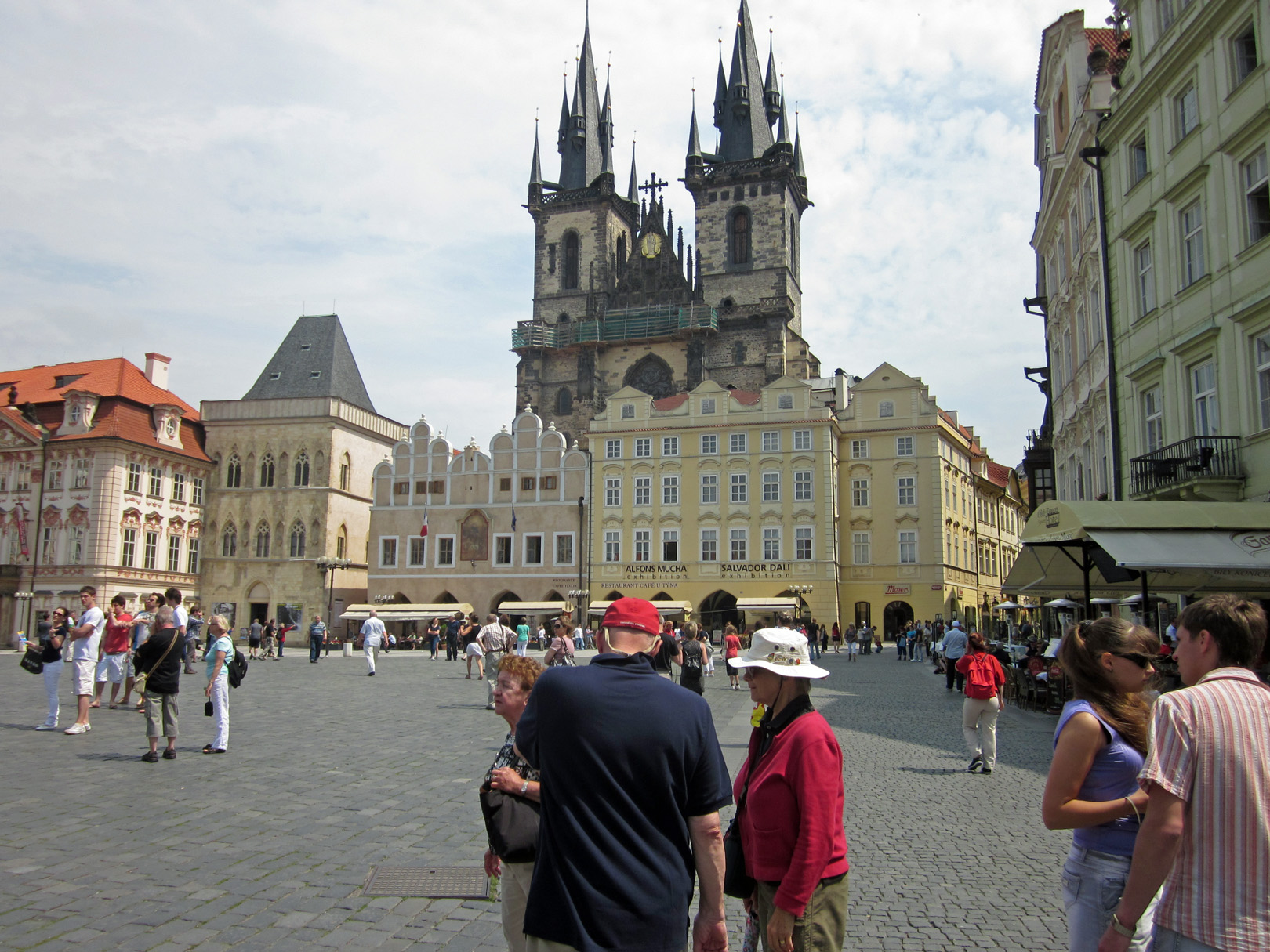
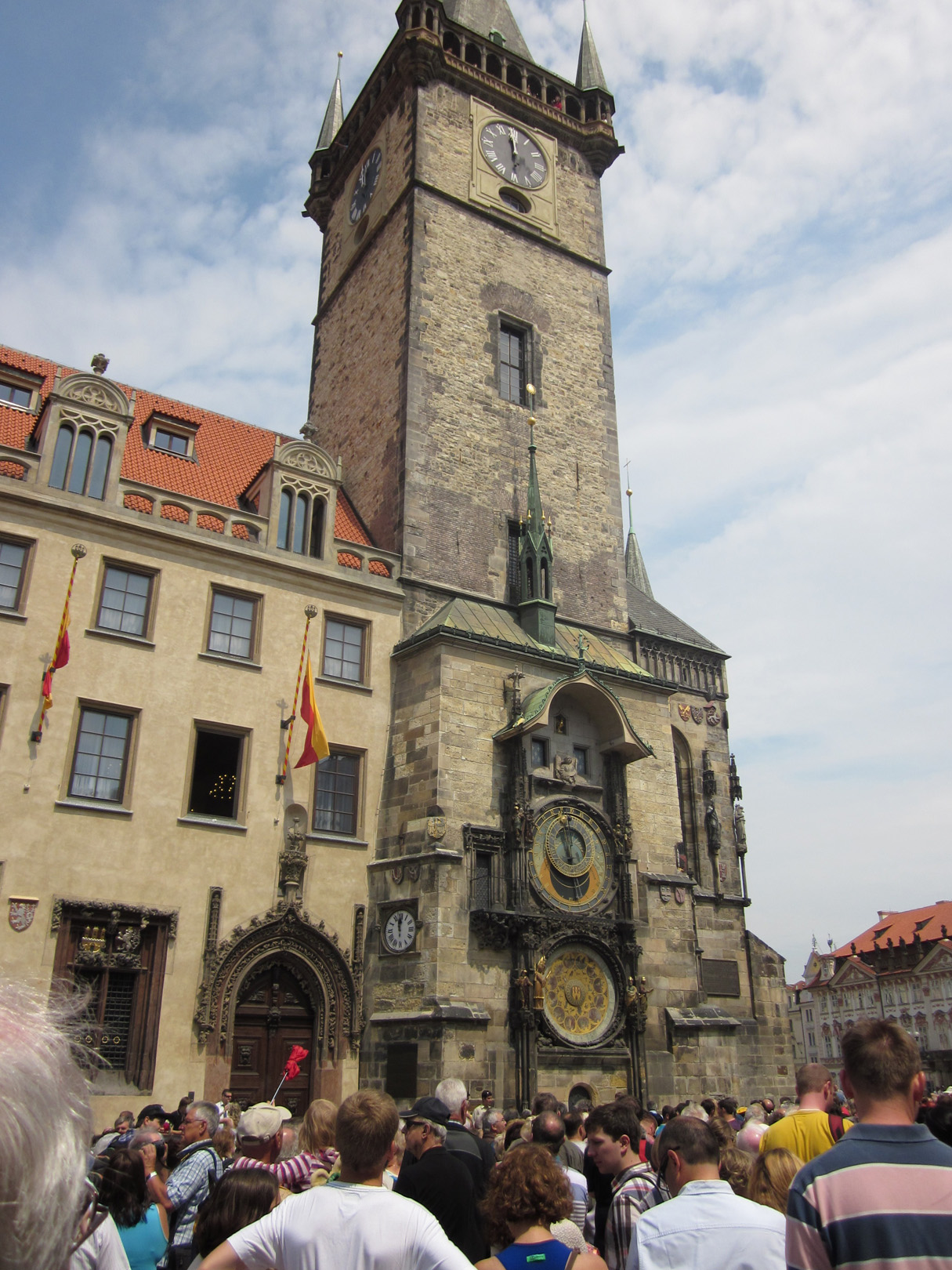
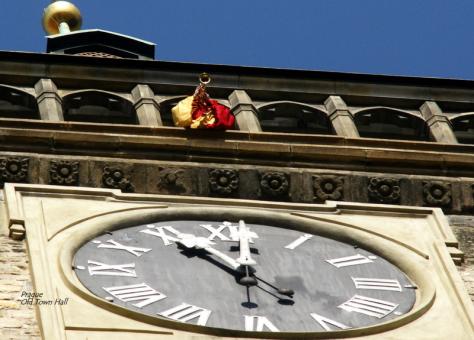
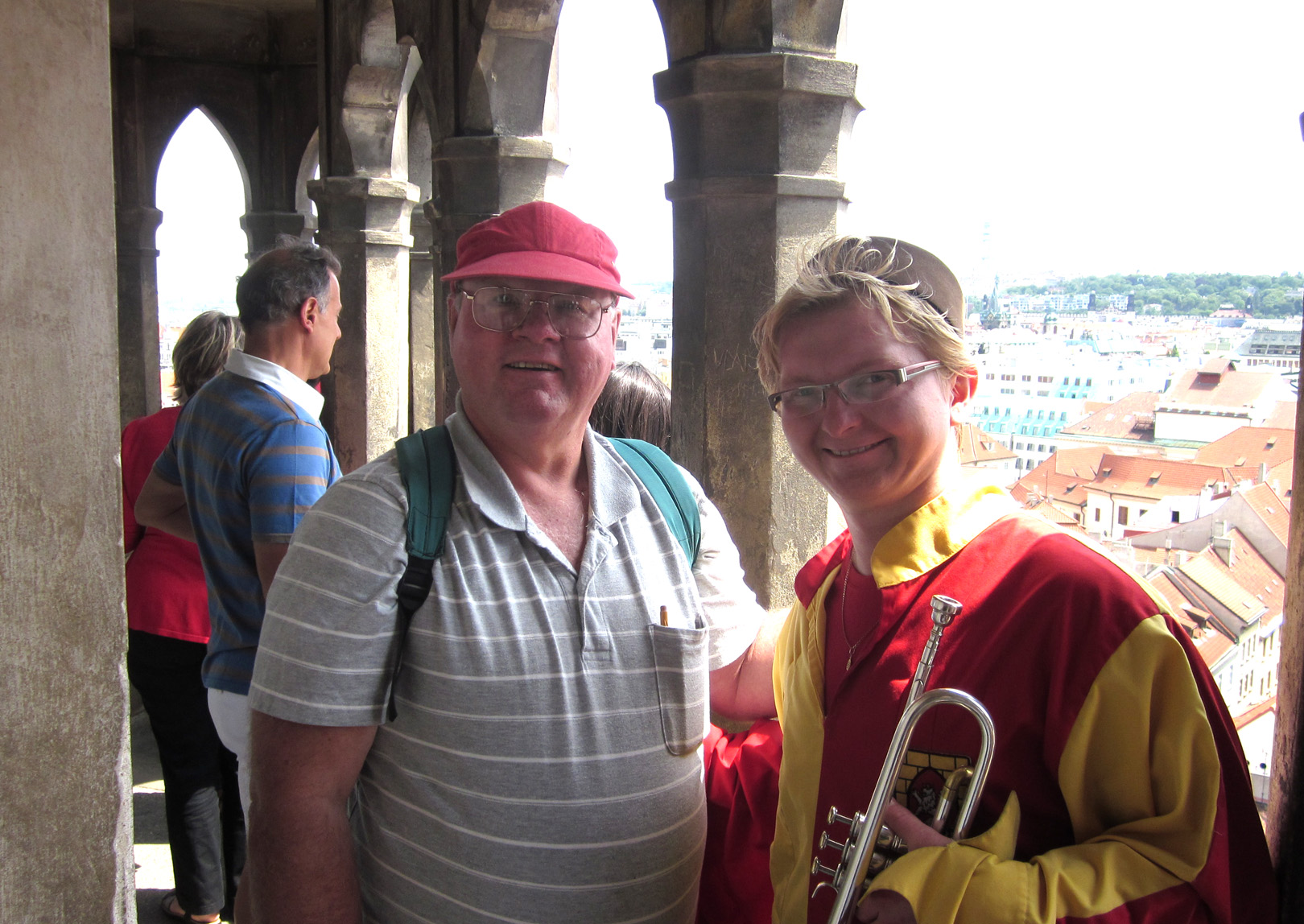
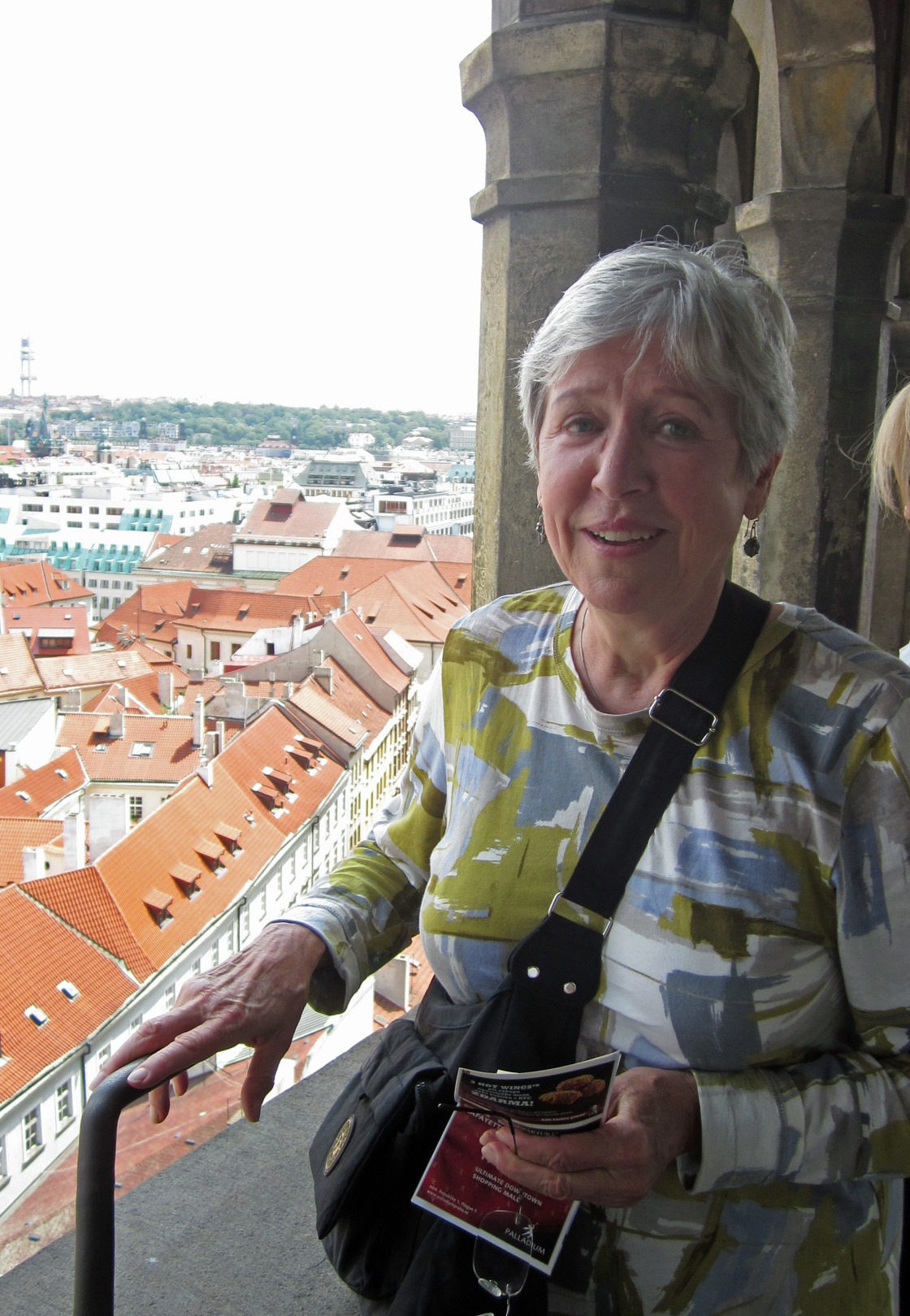
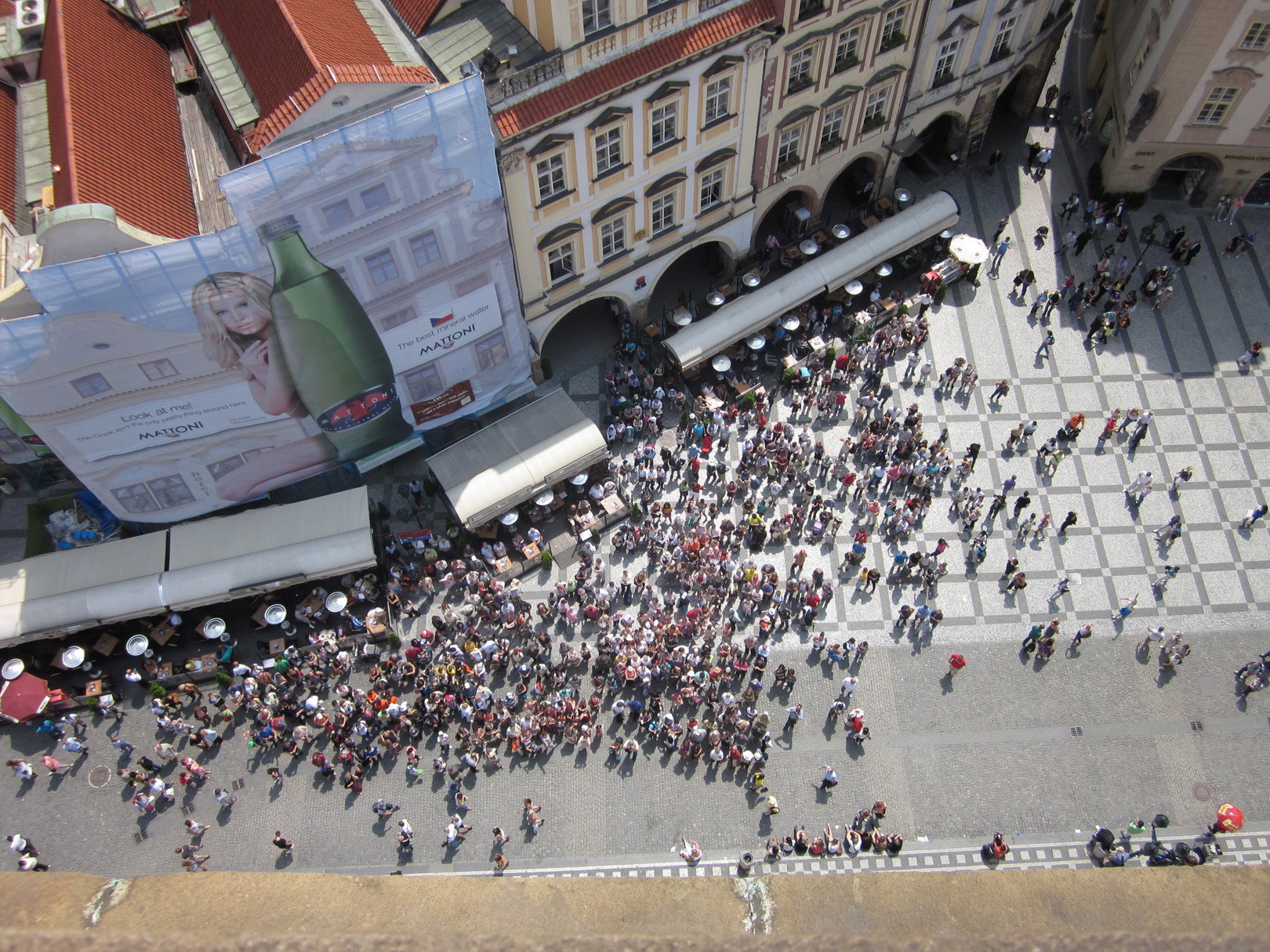
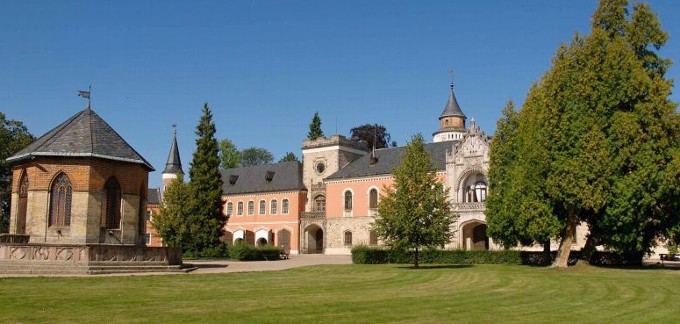

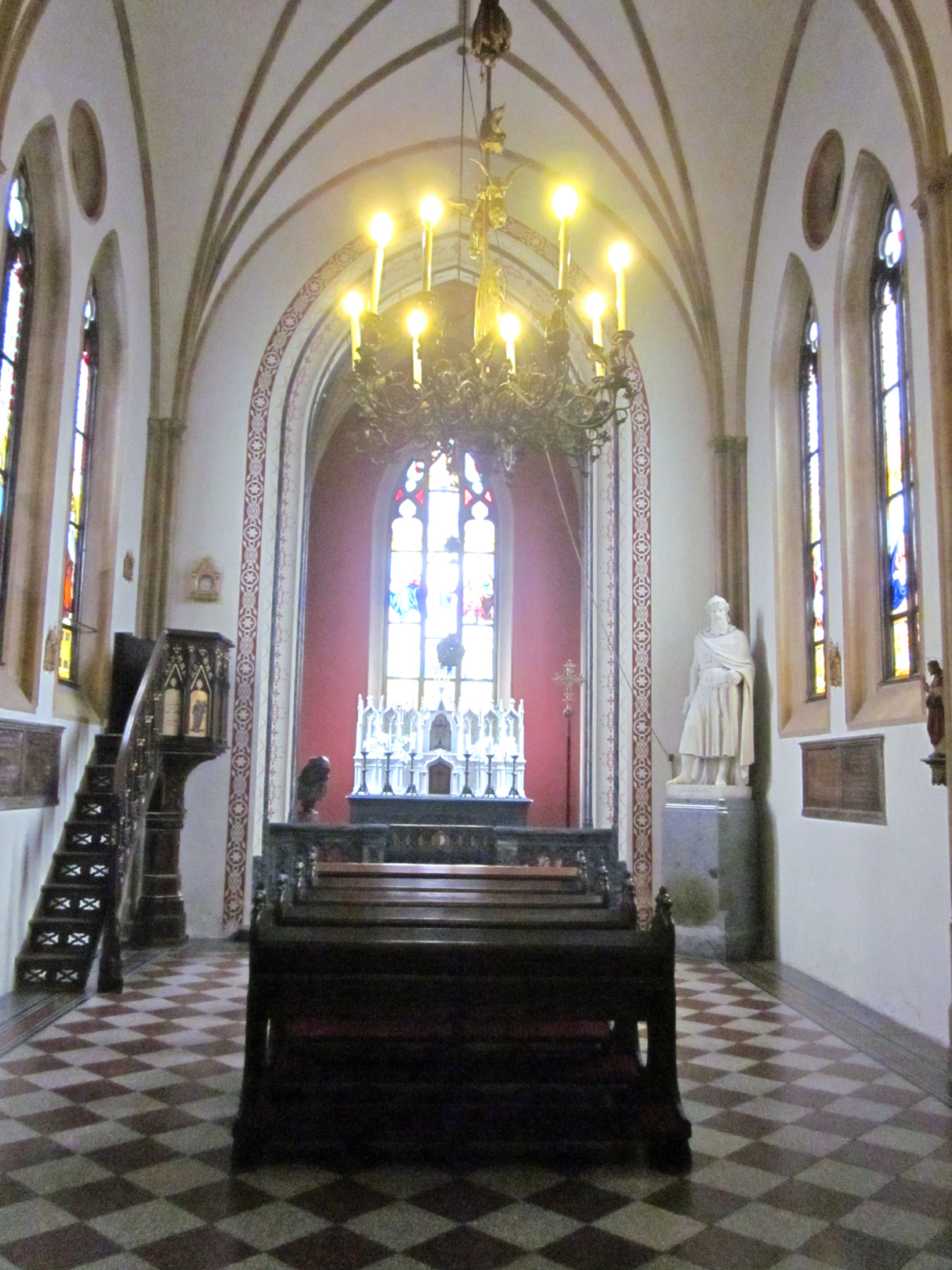
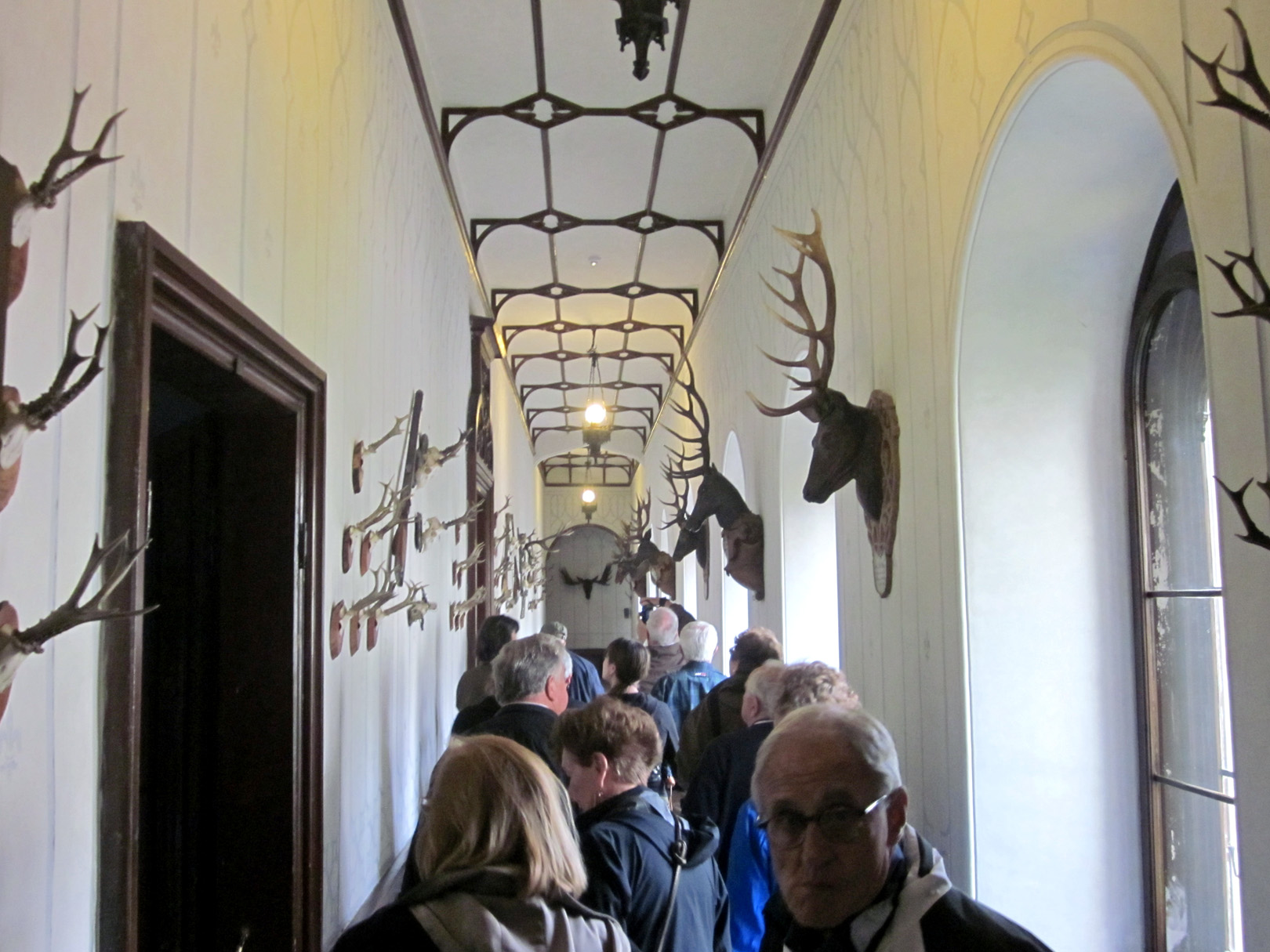
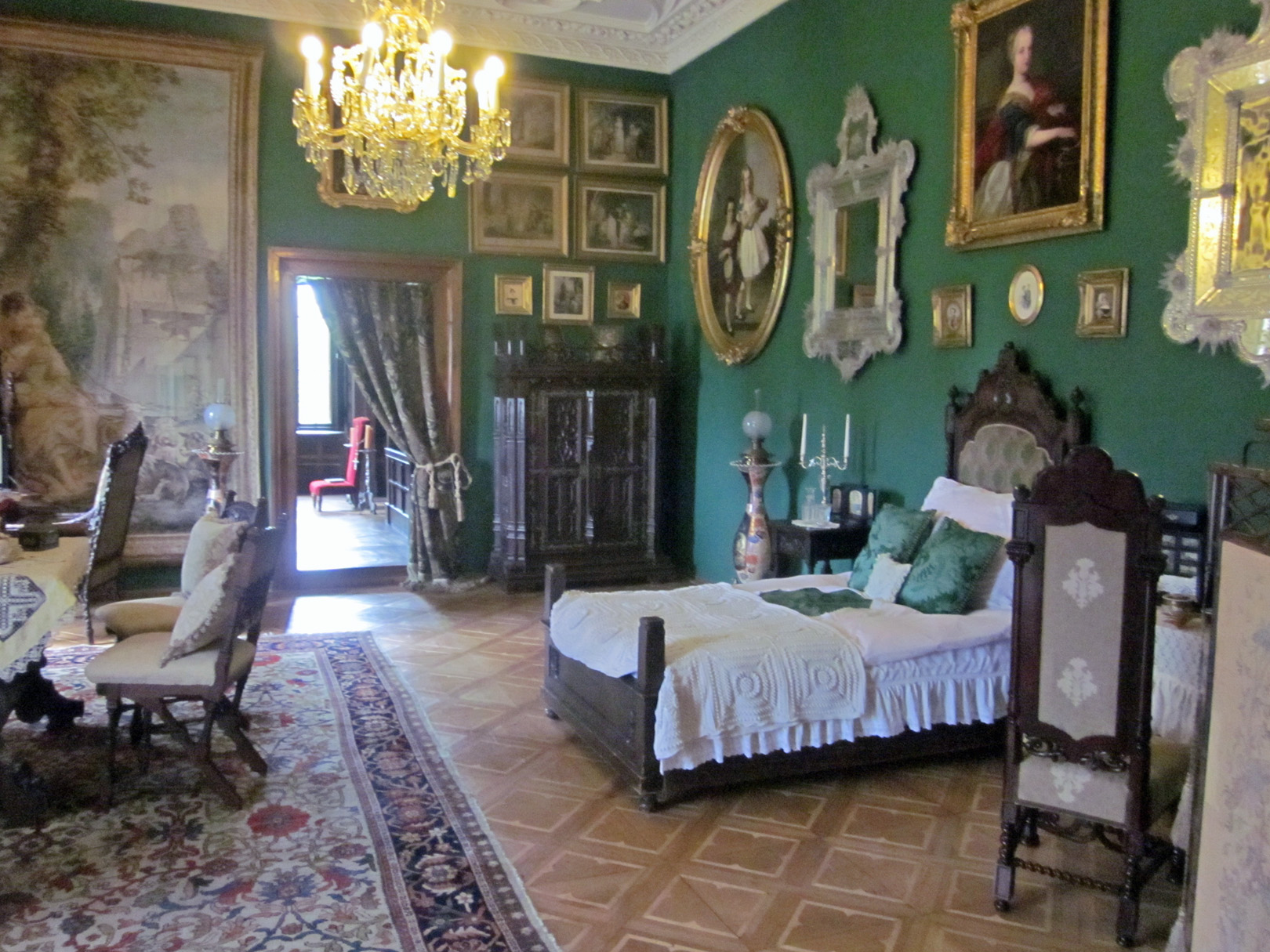
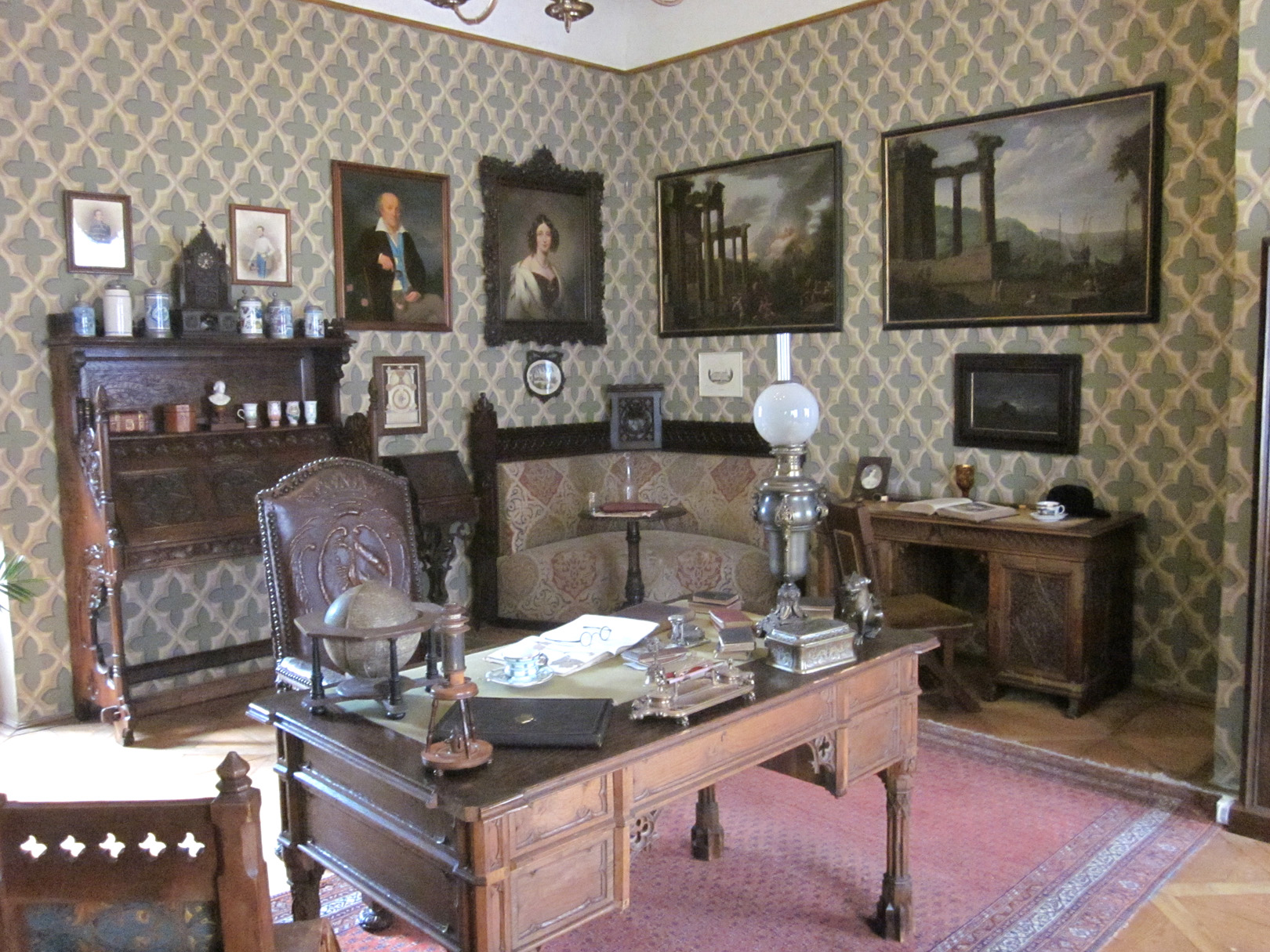
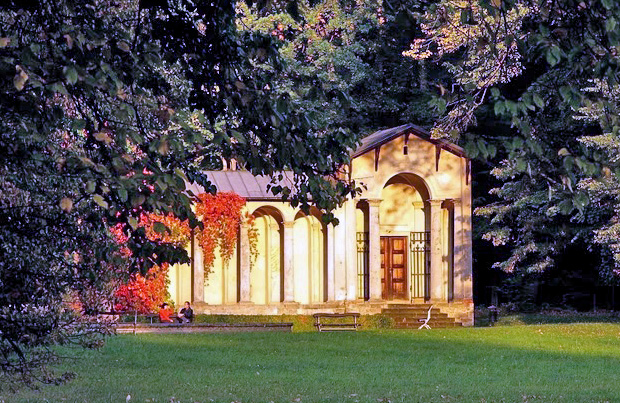
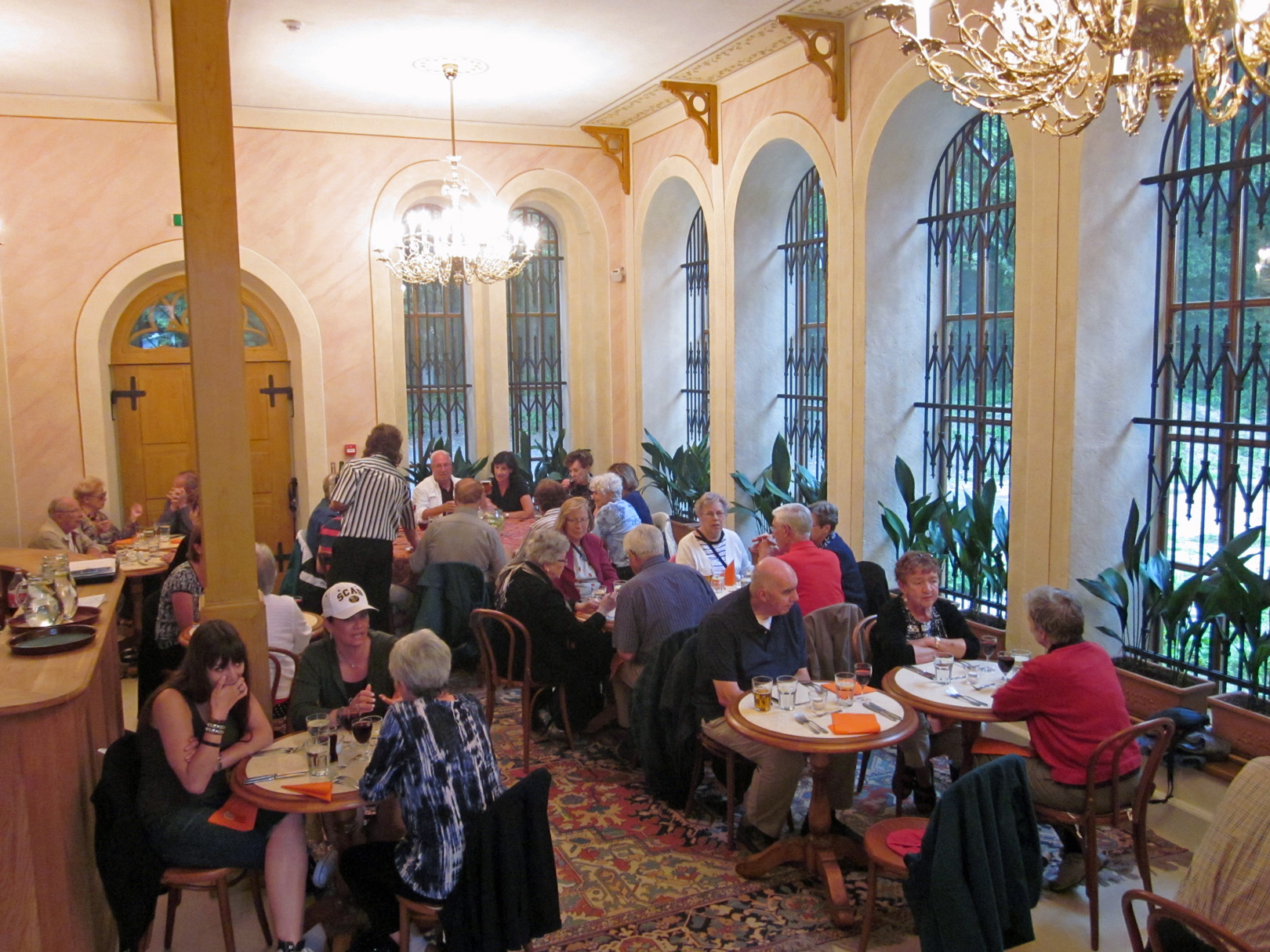
Go to Home
Go to P.2
Go to P.3
Go to P.4
Go to P.6
Go to P.7
Go to P.8
Go to P.9